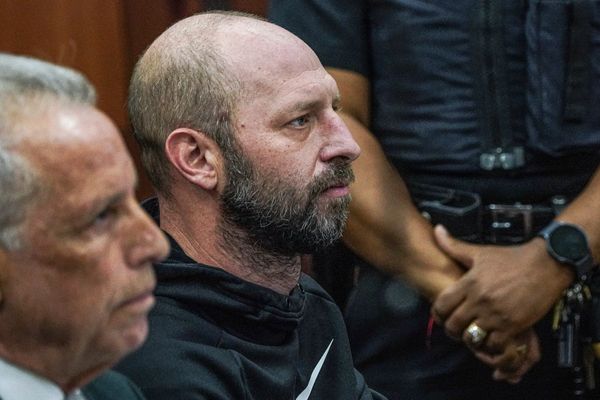
Bird lovers can flock to nine locations in the Mumbai Metropolitan Region (MMR) to spot rare birds over the next three months. Bombay Natural History Society (BNHS)’s survey that was done between November and January, identified the nine spots that have over 100 bird species, including many rare ones.
With a number of new infrastructure projects sanctioned across the MMR, the survey points out the need to protect the nesting sites that host both resident and migratory species.
The survey identified five important bird areas (IBA) – Thane creek (flamingo sanctuary), Mahul-Sewri mudflats, Phansad Bird Sanctuary in Murud, Raigad, Karnala Bird Sanctuary and Sanjay Gandhi National Park, Borivli. Three wetlands (creeks) – Vasai creek (Arnala to Chinchani Beach) and one beach – Akshi near Alibaug, were also identified in the survey.

Raju Kasambe, the coordinator of the survey and programme manager at IBA, BNHS, said, “We divided the survey into forest bird areas, wetland and beach bird areas to incorporate a larger bird population visiting the MMR region. While protecting bird populations in forested areas is being done, there is not much focus on wetlands and our idea was to incorporate both.”
“The idea is to highlight the importance of these bird habitats that can be further protected. Some of these areas are already threatened because of several developmental activities and our attempt is to motivate bird enthusiasts to visit these sites more often, so that there is vigilance,” said Isaac Kehimkar, deputy director, BNHS. “Often developers and planners don’t understand the importance of the habitat of endangered or vulnerable species.”
Kehimkar added that while the five IBA’s had been identified under various international criteria, BNHS has recommended the remaining four sites to international agencies to consider as IBA’s. “We have already had several meetings with regional infra bodies such as Mumbai Metropolitan Regional Development Authority (MMRDA), municipal corporations and present scientific documentation for each area for them to understand the biodiversity,” he said adding, “Following these consultations, we reached out to BirdLife International and other organisations to declare these sites as IBAs.”
HT had reported in November that not a single study on migratory patterns of birds has taken place in India for institutes like BNHS in the past three years since the Centre banned the import of satellite transmitters that birds are radio-collared with, to track their movement, citing national security concerns. “We began studying the species because very little research has been done on these migratory birds but unfortunately it has come to a grinding halt. Conservation measures need to be taken up seriously,” said Deepak Apte, director, BNHS.
What is threatening the bird sites:
•Encroachment by slums
•Pollution from industries (chemicals, oil, grease, pesticides)
•Poachers
•Fuel wood collection from mangroves
•Mortality of birds due to high tension electric wires
2 rusty spotted cats for 2 Asiatic lions: Zoos not interested in Borivli national park’s offer
Mumbai region has a quarter of India’s bird species: new pocket guide







